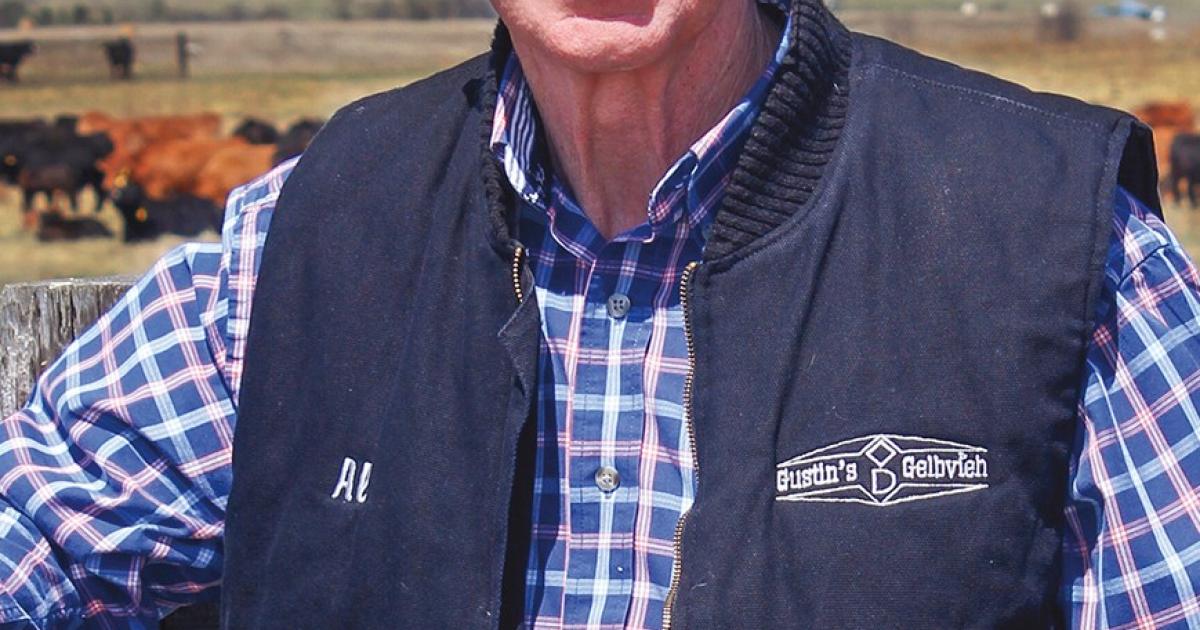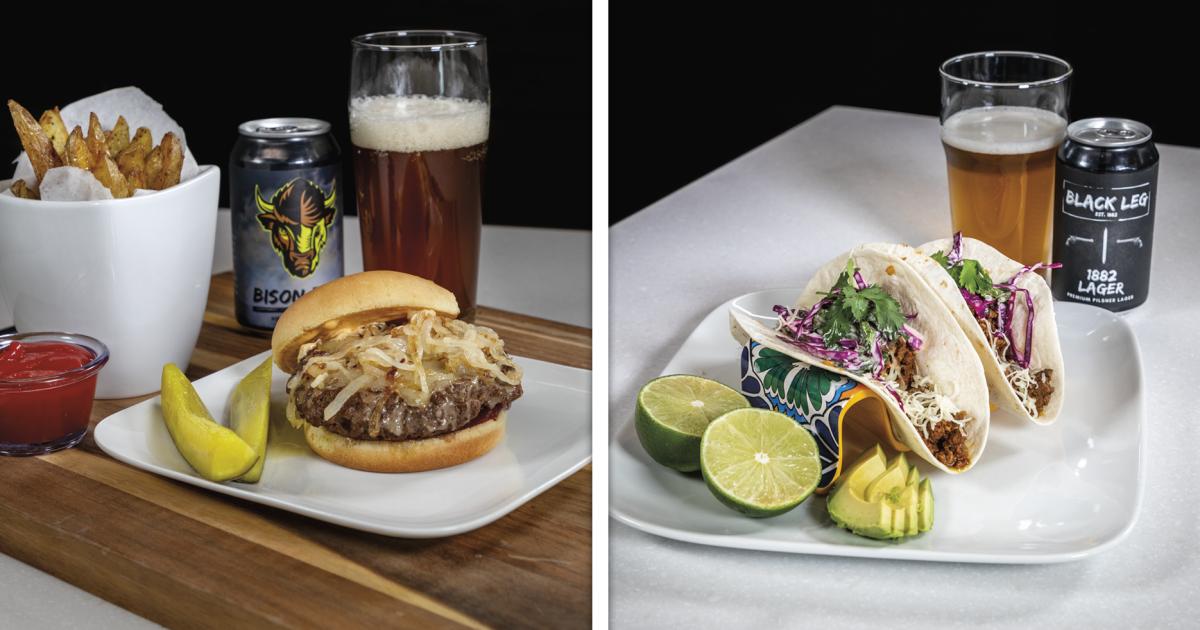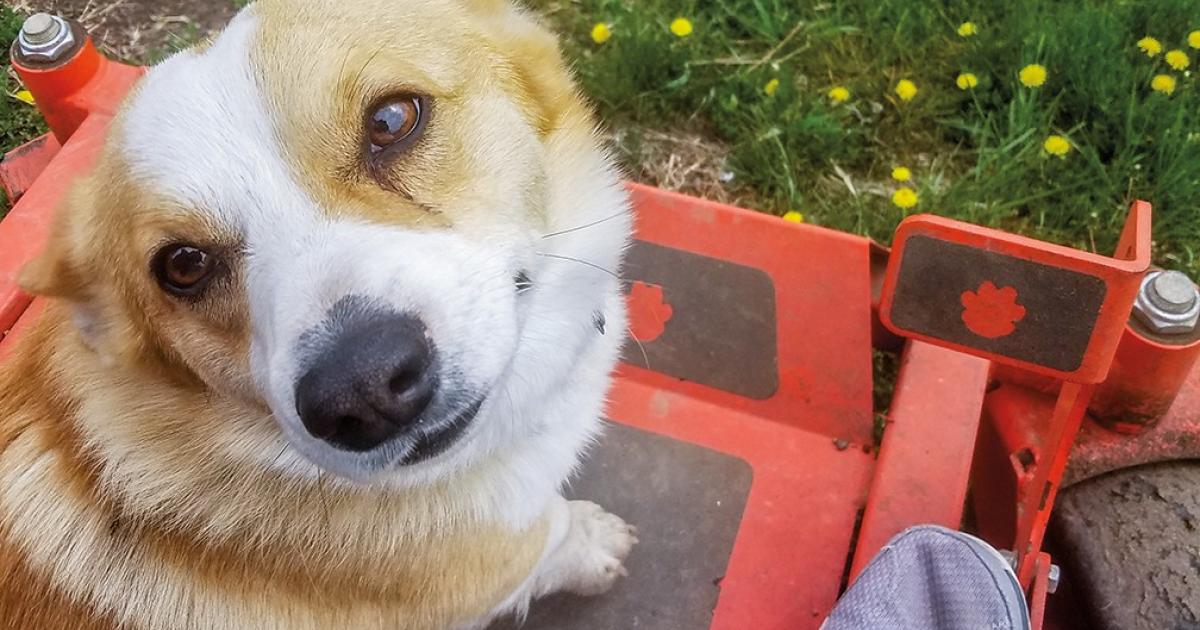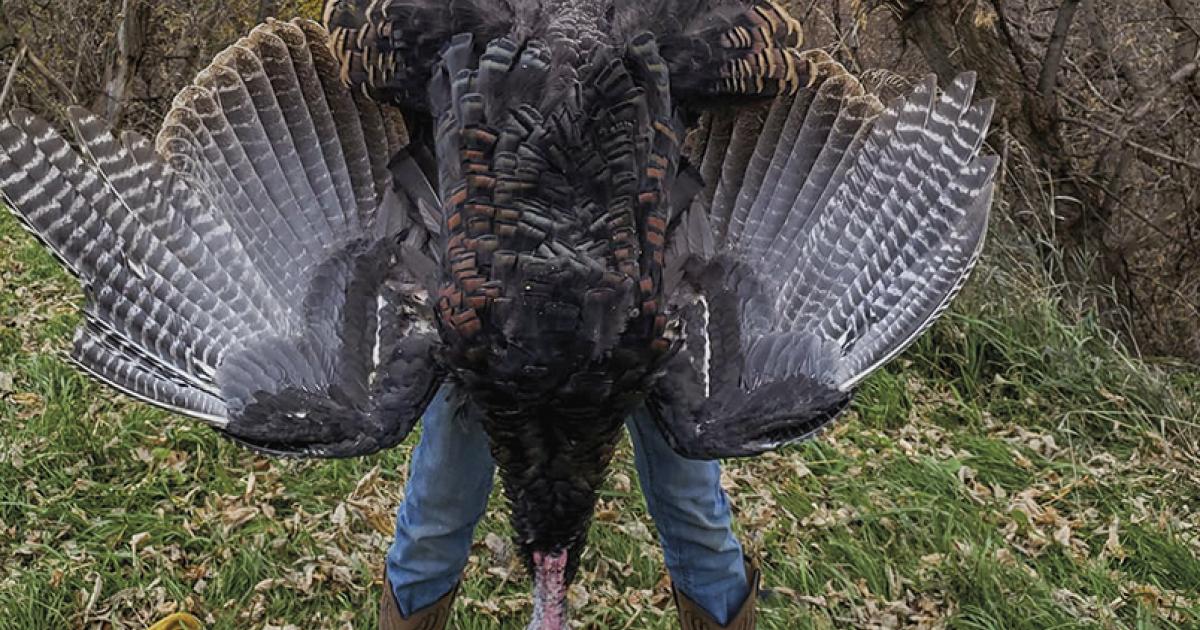Cars, cattle and fads
I’m certainly not a “motor head,” but I do appreciate vintage cars, and I even own a 1957 Chevy. The late 1950s was a special time in the automotive industry. It was the start of the “space age” and cars began having fins. Each year, we would eagerly await the unveiling of the new car models to see what the designers had created. The fins kept getting bigger!
Al Gustin
By 1959, tail fins had grown to gargantuan size. Auto manufacturers touted cars that were longer, sleeker and more aerodynamically designed. When the 1959 Plymouth was introduced on “The Lawrence Welk Show,” there was a visual reference to rockets. Then the announcer touted “New flaring fin design, in perfect harmony with the sweeping length.” There were new engines and transmissions, but it was primarily the external design that differentiated one model from another. Anyone who knew his cars would have no problem telling a 1959 Mercury from a 1960 Imperial, or a 1958 Ford from a 1958 Chrysler.
But the tail fin craze was relatively short-lived. By 1961 or 1962, most models had lost their fins completely. I recall my dad saying that the 1961 Chevrolet looked like a chicken without tail feathers. Cars started looking more and more alike. Greater emphasis was put on safety, economy and durability; less on outward appearance.
About 10 years later, continental breeds of cattle were introduced into the United States from Europe – Simmental, Limousin, Terentaise, Salers, Maine-Anjou and many others. What differentiated the breeds, primarily, was their outward appearance. Most of the continental breeds were significantly larger than Herefords or Angus. Most had unique color patterns. Anyone who knew cattle would never confuse a Limousin with a Chianina.
From an historical perspective, the continental cattle craze was also short-lived. The breeds still existed, but they began to look more and more alike. Emphasis was put on genotype – on efficiency, carcass quality, disposition and EPDs.
Today, I doubt that many people can distinguish a 2002 Mazda 626 from a 2004 Toyota Camry XLE. Similarly, most people today wouldn’t be able to pick a black Simmental steer out of a pen of black Angus.
Al Gustin is a retired farm broadcaster, active rancher and a member of Mor-Gran-Sou Electric Cooperative.










